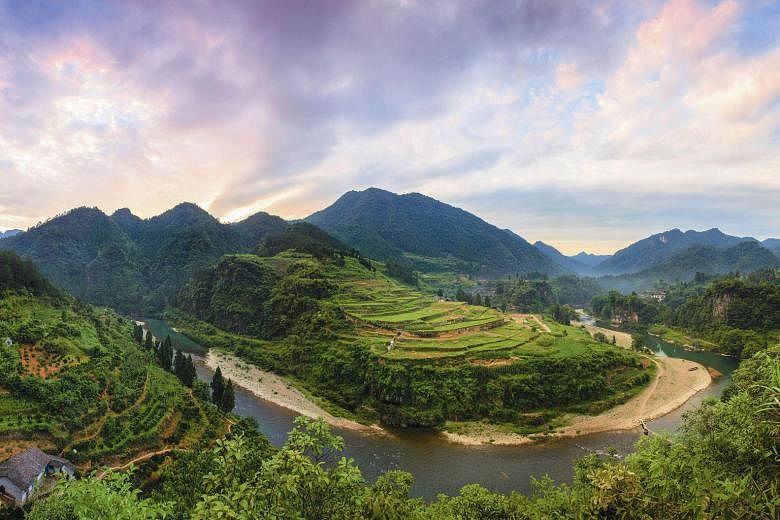These sites in south-west China encompass the remains of several tribal areas that had an ancient political system. The tribal chiefs were appointed by Chinese emperors as tusi, hereditary rulers, from the 13th to early 20th centuries.
The tusi system aimed to unify national administration, while allowing ethnic minorities to retain their customs and way of life.
China has 101 tusi sites, of which three were inscribed on the Unesco World Heritage list - Laosicheng in Hunan province, Tangya in Hubei province, and Hailongtun Fortress in Guizhou province.
They are located in the mountainous areas of south-west China.
The addition of the tusi sites increases China's tally of Unesco World Heritage Sites to 48 - more than any other country in the world after Italy.


